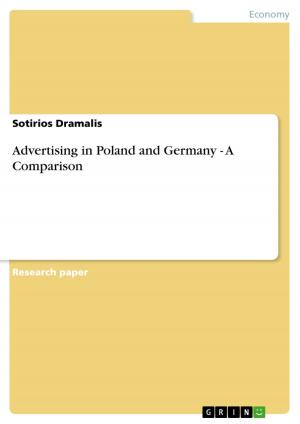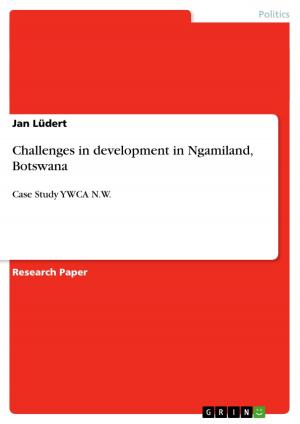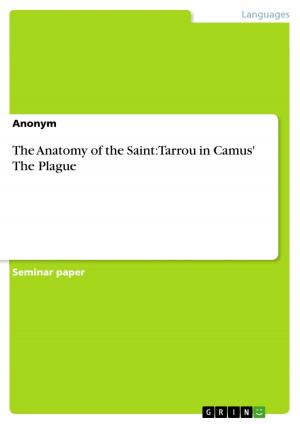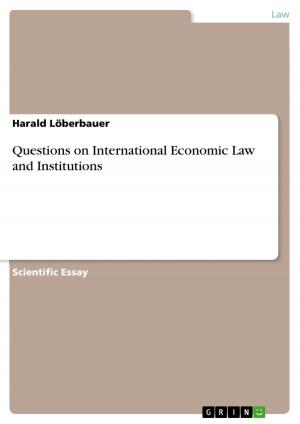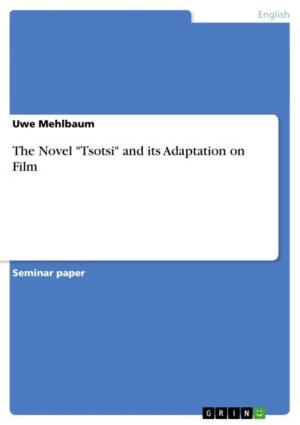Investigation of Millimetre Wave Generation by Stimulated Brillouin Scattering for Radio Over Fibre Applications
Nonfiction, Science & Nature, Technology, Telecommunications| Author: | Markus Junker | ISBN: | 9783640220328 |
| Publisher: | GRIN Publishing | Publication: | November 26, 2008 |
| Imprint: | GRIN Publishing | Language: | English |
| Author: | Markus Junker |
| ISBN: | 9783640220328 |
| Publisher: | GRIN Publishing |
| Publication: | November 26, 2008 |
| Imprint: | GRIN Publishing |
| Language: | English |
Doctoral Thesis / Dissertation from the year 2008 in the subject Engineering - Communication Technology, Dublin Institute of Technology, 252 entries in the bibliography, language: English, abstract: The rising demand for greater bandwidth and increased flexibility in modern telecommunication systems has lead to increased research activities in the field of Millimetre Wave-Photonics. The combination of an optical access network and the radio propagation of high data-rate signals provides a solution to meet these demands. Such structures are also known as Radio Over Fibre systems. They implement the optical Millimetre Wave generation in a central station and the transmission of radio waves via a remote antenna unit to the radio cell. The expected data rate is very high, due to the fact that both the optical and the radio-link provide a large transmission bandwidth. This dissertation concerns the investigation of a new and simple method for the flexible generation of Millimetre Waves for application in Radio Over Fibre systems. The method is based on the heterodyne detection of two optical waves in a photo detector. By externally amplitude modulating the optical wave, different sidebands are generated. Two of these sidebands are selected and amplified by the non-linear effect of stimulated Brillouin scattering. As a gain medium, a standard single mode fibre is used. According to the theoretical investigation, very good carrier performances are possible with this method, and a computer simulation shows little degradation to the signals during their propagation in the system. The measured results are in strong agreement with the theoretical analysis. Experimental results show that the system can be fully utilised as a Radio Over Fibre system. The thesis is divided into five main parts: Introduction - Theory - Simulation - Experiment - Conclusion. In the Introduction, an overview of the current methods of Millimetre Wave generation, Radio Over Fibre and the nonlinear effect of Brillouin scattering is given. In the theoretical section, a differential equation system which mathematically describes the system is derived and also solved numerically. With a proof of the concept set-up, the simulated results are compared with the experimental data. In the last section the work is concluded and future tasks are discussed.
Doctoral Thesis / Dissertation from the year 2008 in the subject Engineering - Communication Technology, Dublin Institute of Technology, 252 entries in the bibliography, language: English, abstract: The rising demand for greater bandwidth and increased flexibility in modern telecommunication systems has lead to increased research activities in the field of Millimetre Wave-Photonics. The combination of an optical access network and the radio propagation of high data-rate signals provides a solution to meet these demands. Such structures are also known as Radio Over Fibre systems. They implement the optical Millimetre Wave generation in a central station and the transmission of radio waves via a remote antenna unit to the radio cell. The expected data rate is very high, due to the fact that both the optical and the radio-link provide a large transmission bandwidth. This dissertation concerns the investigation of a new and simple method for the flexible generation of Millimetre Waves for application in Radio Over Fibre systems. The method is based on the heterodyne detection of two optical waves in a photo detector. By externally amplitude modulating the optical wave, different sidebands are generated. Two of these sidebands are selected and amplified by the non-linear effect of stimulated Brillouin scattering. As a gain medium, a standard single mode fibre is used. According to the theoretical investigation, very good carrier performances are possible with this method, and a computer simulation shows little degradation to the signals during their propagation in the system. The measured results are in strong agreement with the theoretical analysis. Experimental results show that the system can be fully utilised as a Radio Over Fibre system. The thesis is divided into five main parts: Introduction - Theory - Simulation - Experiment - Conclusion. In the Introduction, an overview of the current methods of Millimetre Wave generation, Radio Over Fibre and the nonlinear effect of Brillouin scattering is given. In the theoretical section, a differential equation system which mathematically describes the system is derived and also solved numerically. With a proof of the concept set-up, the simulated results are compared with the experimental data. In the last section the work is concluded and future tasks are discussed.


